
This article explains the key steps of using Raman technology to investigate carbon and carbon-based materials—such as carbon nanotubes, graphene, and carbon fibers and composites—as well as the process of analyzing the spectra.

This article explains the key steps of using Raman technology to investigate carbon and carbon-based materials—such as carbon nanotubes, graphene, and carbon fibers and composites—as well as the process of analyzing the spectra.
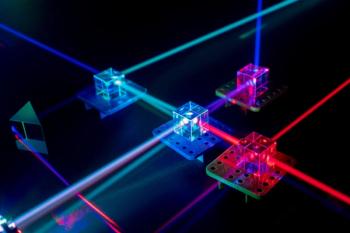
In SERS experiments, the excitation laser power needs to be kept at a level that enables detection but avoids damaging the sample, as these examples illustrate.

Igor K. Lednev at the University at Albany SUNY in New York explains advances in forensic analysis using a variety of chemometrics techniques to classify ATR FT-IR and Raman spectra of bodily fluids.
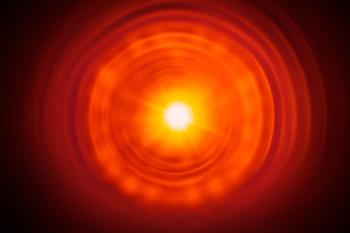
Inline FT-NIR and offline terahertz Raman imaging analysis are used to characterize active pharmaceutical ingredient (API) crystallinity and to monitor different solid physical states of the API, to control process parameters of hot melt extrusion.
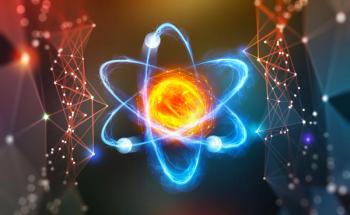
Using confocal Raman imaging and other advanced measurement techniques, we study the localized strain characteristics of tungsten diselenide (WSe2), an important nanomaterial used for optoelectronic device applications.
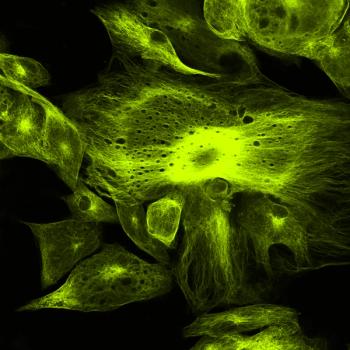
Using Raman imaging, wild-type and engineered yeast cells were compared for their ability to produce bioactive compounds. Raman imaging microscopy is able to visualize locales, relative abundance, and production efficiencies of biologically active compounds for the individual yeast cells.
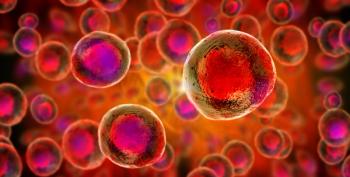
SERS can amplify Raman signals, but to make the technique practical for industrial use, large quantities of substrate are needed. The approach described here could enable cost-effective, reproducible manufacturing of SERS substrates at large scale.

Perovskites are known to be useful for fabrication of solar cells, and their crystalline structure plays an important role in their electronic properties. Here, we show how Raman analysis is able to confirm the presence of the required crystalline phase for solar cell production.
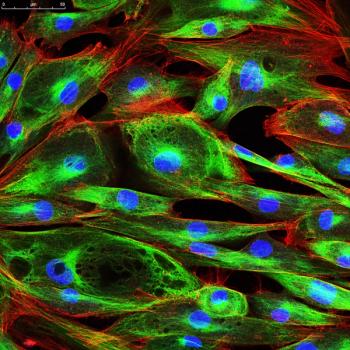
We illustrate how matching the optical properties of the microscope objective with the sample properties improves the spatial resolution and chemical speciation in depth profile measurements using confocal Raman microscopy.

Raman spectroscopy offers promise for the evaluation of breast cell lines and tissue. Rina Tannenbaum of Stony Brook University discusses this work.

Surface-enhanced Raman spectroscopy (SERS), using gold nanoparticles, is useful for detection of low-levels of many analytes, including the water pollutant malachite green (MG).
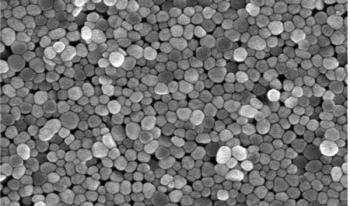
SERS can be used for the detection and monitoring of drugs as pure compounds and mixtures. A demonstration of a sample preparation method used to detect components with weak substrate adsorption in the spectrum of a mixed solution is shown.

The application of data mining combined with data fusion of Raman and mid- infrared spectra was studied to improve discrimination ability for modeling the geographical origins of rice.

Raman and photoluminescence spectroscopy were combined with imaging to examine the spatial variation of solid-state structure and electronic character of two-dimensional (2-D) tungsten disulfide (WS2) crystals, which represent a family of new inorganic 2-D materials.

Raman measurements of chromite minerals demonstrated that chromium content could be accurately determined, supporting a possible application of portable Raman devices on Earth or in space for mineral analysis of asteroids and planets.
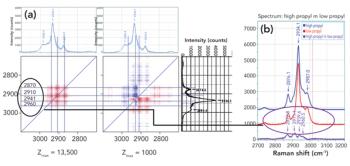
Raman spectra were measured in combination with 2D-COS analysis to understand how the addition of propyl side groups to a biopolymer backbone influences the structure of the polymer at the atomic level.

Zeolites are the most-used catalyst in industry. Synthesizing tailor-made zeolites is hampered by a poor understanding of how zeolite crystals actually form in solution. Scott M. Auerbach of the University of Massachusetts at Amherst is addressing this challenge with Raman spectroscopy.

Raman spectroscopy is extremely useful for characterizing crystalline materials.

Chemistry can help us understand the past.
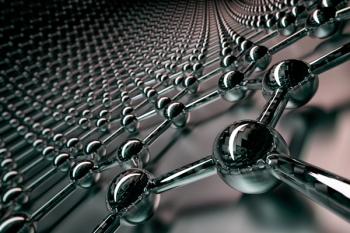
Graphene exhibits special properties, such as high strength and high electrical and thermal conductivity and as such is highly desirable for key electronic components. A new Raman spectroscopy sampling technique has been applied to the characterization of batches of graphene that provides a simple, at-line method for obtaining key product data.
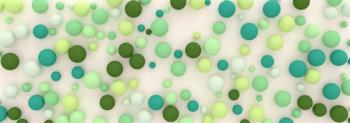
Raman spectroscopy is a valuable process analytical technology (PAT) for many applications across multiple industries, as a result of its many advantages, such as molecular specificity, ability to be directly coupled to a reaction vessel, and compatibility with solids, liquids, gases, and turbid media.

New Raman spectroscopy applications are emerging in non-traditional fields because of advances in easy-to-use commercial Raman spectroscopy instrumentation. With improvements in lasers, optics, and detectors, Raman spectroscopy has developed into a powerful measurement solution for manufacturing and quality control applications.

Spectroscopy Magazine spoke with Claudia Conti about her work in micro-SORS.
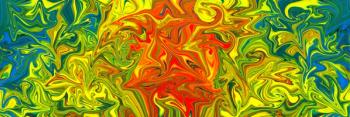
Spectroscopy Magazine sat down with Kay Sowoidnich to talk about how his group has demonstrated the potential of shifted-excitation Raman difference spectroscopy (SERDS) as an efficient tool for soil nutrient analysis.
